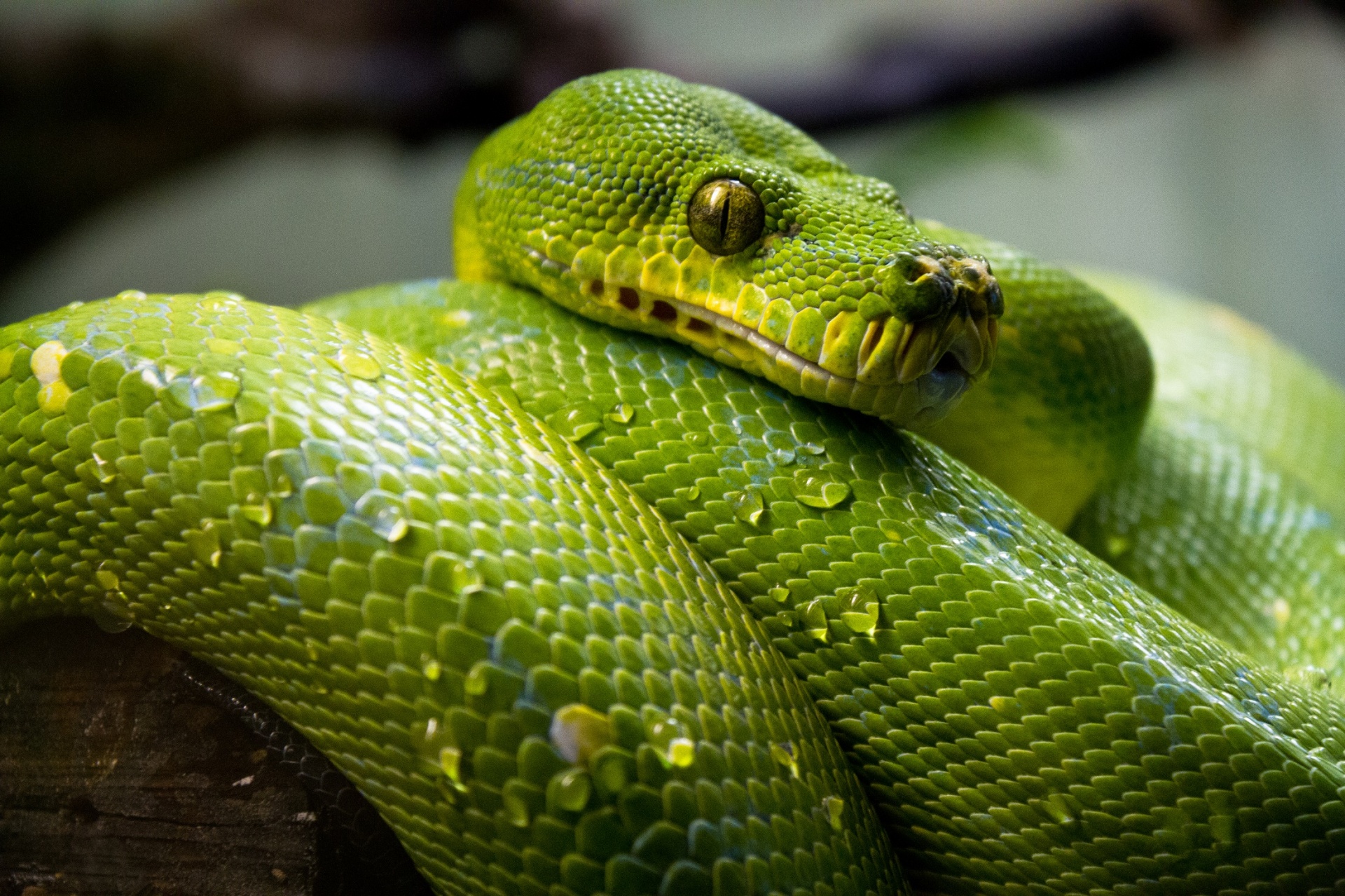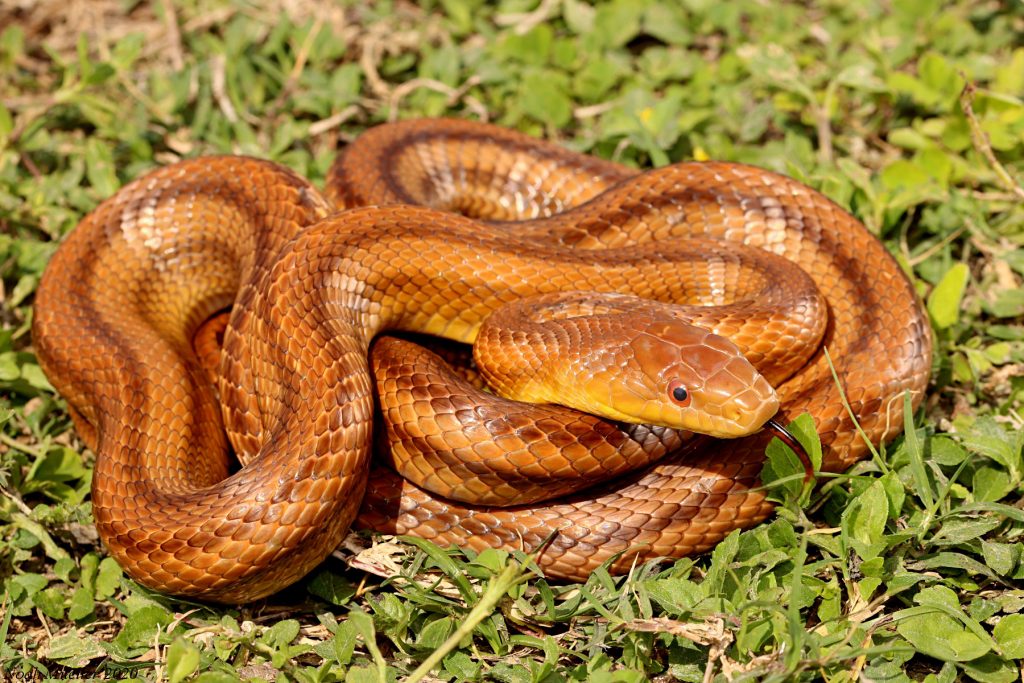Detail Author:
- Name : Prof. Irwin Konopelski
- Username : zhuels
- Email : walker.hellen@morissette.biz
- Birthdate : 1987-02-04
- Address : 2428 Jast Parks Suite 240 Wintheisermouth, TN 64669
- Phone : 252.310.7270
- Company : Schimmel-Koelpin
- Job : Entertainment Attendant
- Bio : Fugit adipisci ut quod odio. Quidem non magnam accusantium blanditiis qui libero dolor.
Socials
instagram:
- url : https://instagram.com/schaefer1987
- username : schaefer1987
- bio : Quod ipsum iusto ad. Sit similique nesciunt itaque.
- followers : 6284
- following : 268
facebook:
- url : https://facebook.com/giovanny_real
- username : giovanny_real
- bio : Perspiciatis explicabo odio consequuntur modi voluptatem quis a.
- followers : 1175
- following : 388
Have you ever walked through a produce aisle or perhaps a local market and spotted those incredibly long, slender green pods that seem to stretch on and on? These are what many folks call snake beans, and they are, you know, a pretty cool vegetable with a lot to offer. They might look a bit different from your usual green beans, but they bring a wonderful freshness and a distinct crunch to your plate. People sometimes call them yardlong beans or even asparagus beans, too; it's almost like they have a few different names, depending on where you are or who you are talking to.
This particular kind of bean, the asparagus bean, which is actually known by its more scientific name, *Vigna unguiculata subspecies sesquipedalis*, is a plant grown for its tender green pods. These pods hold little seeds inside, a bit like the familiar green beans you might already enjoy. They are a staple in many kitchens, especially in parts of Asia, where they have been a favorite for a very long time. Getting to know these beans means opening up a whole new world of cooking possibilities, and they are, in fact, quite simple to grow in your own garden.
If you're curious about these interesting long beans, you're in the right spot. We'll go through what makes them special, how you can get them to grow happily in your garden, and some really tasty ways to prepare them for your meals. We'll also talk about the different types you might come across and what good things they can do for your body. So, stick around to learn all about these amazing snake beans, from planting the tiny seeds to enjoying them at your dinner table.
Table of Contents
- What Exactly Are Snake Beans?
- Growing These Interesting Beans
- Harvesting Your Snake Bean Bounty
- Are There Different Kinds of Snake Beans?
- Cooking with Snake Beans - What Can You Make?
- What Good Things Do Snake Beans Offer?
- Keeping Your Snake Bean Seeds for Next Time
What Exactly Are Snake Beans?
Snake beans, which people also call yardlong beans or Chinese long beans, are a kind of vegetable that really stands out because of their impressive length. They are, in fact, a type of legume, meaning they belong to the same plant group as peas and lentils. While they might look a bit like your common string bean, they are, you know, much, much longer, often growing to be a foot or even a foot and a half long. These beans have a pleasant, slightly nutty taste and a satisfying crunch when you eat them. They are quite popular in many Asian dishes, where their distinct texture and flavor really shine. They are, basically, a versatile ingredient that can add something special to many meals.
More About the Snake Bean Family
The botanical name for the asparagus bean, which is a common type of snake bean, is *Vigna unguiculata subspecies sesquipedalis*. This plant is grown for its long, green pods that contain young seeds. It's pretty much like a green bean, but as we said, it's known for being extra long. You might hear it called yardlong bean quite often, too. There's also a different plant, *Trichosanthes cucumerina*, often called snake gourd, which is another interesting, somewhat unusual vegetable. This one, you know, has been quietly finding its way into kitchens all around the globe. It also goes by names like serpent gourd or padwal in some places. It's good to know that while they share the "snake" name, they are different plants with their own unique qualities, but they are both used in cooking in similar ways, actually.
Growing These Interesting Beans
If you enjoy getting your hands dirty in the garden, growing snake beans can be a really satisfying thing to do. These plants, in fact, tend to do very well when it's warm outside, so they are a good choice for warmer climates or during the hotter parts of the year. They are, in some respects, quite easy to care for, which means even if you're just starting out with gardening, you could have a lot of success. With just a little bit of attention, you could end up with a big pile of fresh, tasty vegetables right from your own yard. It's a pretty rewarding feeling, you know, to pick something you grew yourself for dinner.
How to Plant Your Snake Bean Seeds?
To get your snake bean plants off to a good start, there are a few simple things you can do. For rattlesnake bean seeds, for example, it's a good idea to let them sit in water for about a full day before you put them in the ground. This little step helps to soften up their outer shells, which can make it easier for them to sprout. When you're ready to plant, you should put the seeds about an inch deep into the soil. You'll also want to give them some space, planting them about six inches apart from each other. This gives each plant enough room to grow big and strong, which is, basically, what you want for a good harvest.
Harvesting Your Snake Bean Bounty
Knowing when to pick your snake beans is a bit of an art, but it's pretty straightforward once you get the hang of it. The Chinese python snake beans, for instance, are ready to be picked as soon as they reach about a foot in length. They are, in fact, much more tender and have a really nice texture when they are on the smaller side. Many people, including me, actually prefer them at that size because they are so soft and pleasant to eat. If you let them grow much longer, say, to about three feet, their texture can become a bit more fibrous, a little less soft. So, for the best eating experience, it's usually good to grab them when they are around ten inches or so, right when they start to get a bit plump. This way, you get the best taste and tenderness from your snake beans.
Are There Different Kinds of Snake Beans?
When people talk about "snake bean," they might, in some respects, be referring to a couple of different things. Most of the time, they mean the edible kind we've been discussing, which is a type of legume. However, it's really important to know that there's another plant, *Bobgunnia madagascariensis*, which is also sometimes called a snake bean. This particular plant, you know, is found in Africa and is actually poisonous. So, when you're looking for something to eat, you'll definitely want to make sure you're getting the right kind! The edible ones are the ones that are popular in cooking and gardening. It's a bit confusing, but knowing the difference is, basically, pretty important for safety.
The Rattlesnake Pole Bean - A Unique Snake Bean
Among the many varieties of beans, the rattlesnake pole bean is a truly special one. This particular bean is an old type, passed down through generations, and it's known for its really good flavor. People in the western parts of the world have enjoyed it for quite some time. The plant itself is very strong and can handle warm weather well, which is a good thing. It keeps giving you beans all season long, as long as you keep picking them. What's really interesting about these beans is how they got their name; some folks say it's because the pods, you know, tend to twist in a way that looks a bit like a coiled snake. These rattlesnake beans are also great when dried, and people use them in hearty chili dishes or in baked bean recipes, which is pretty cool.
The Chinese Python Snake Bean
The Chinese python snake bean is another interesting variety that you might want to consider for your garden. Beyond just being a good source of things your body needs, like nutrients and possibly even some good-for-you properties, it's also, actually, a lot of fun to grow. This is especially true if you have children, as its unusual shape and how it looks can make gardening a bit more exciting for them. The way these beans grow, long and sometimes winding, really does make them stand out. It's a bit like having a living, growing curiosity in your garden, which is, you know, pretty neat.
Cooking with Snake Beans - What Can You Make?
Snake beans are a really adaptable vegetable that can add a wonderful touch to many different dishes with their distinct taste and texture. They taste quite a bit like green beans, but many people find them to be even more delicious and tender, which is, you know, a definite plus. It's important to remember, however, that Chinese "snake beans," the ones that look like string beans but are much longer, should not be eaten raw. They need to be cooked to be enjoyed properly. You can prepare them in so many ways; they are really quite versatile. For example, a simple way to cook them is to wash and pat them dry, then chop them up. You can then cook them with a little vegetable oil, just enough to partially cover them, along with some garlic, a pinch of salt, and a dash of soy sauce. This brings out their nutty flavor and keeps them wonderfully crunchy, which is, basically, a really good way to enjoy them.
What Good Things Do Snake Beans Offer?
Beyond their interesting look and good taste, rattlesnake beans, in particular, are also quite good for you. They are packed with things your body needs, like fiber, which helps with digestion, and protein, which is important for building and repairing things in your body. They also contain important minerals such as iron and magnesium, which help your body work the way it should. And, you know, they are pretty light on fat, too. So, adding snake beans to your meals is a pretty good way to give your body some helpful stuff, helping you feel strong and well. They are, actually, a very sensible choice for a healthy diet.
Keeping Your Snake Bean Seeds for Next Time
If you're thinking about growing snake beans again next year, saving your own seeds can be a really rewarding thing to do. For the most part, your snake bean plants, especially those in the gourd family, probably won't mix with other gourd plants, since they are pretty unique in their own kind. But, just to be completely sure that your seeds will grow true to type, some gardeners suggest planting your snake beans quite a distance from other gourd varieties, maybe even a mile away. This helps make sure the seeds you save will produce the same kind of snake bean you grew this year. It's a bit of extra effort, perhaps, but it means you can keep enjoying your favorite snake beans year after year, which is, basically, pretty cool for any gardener.
- Prince Jackson Movies And Tv Shows
- Hulon Mitchell
- Jj Abrams Net Worth
- Brian Tyree Henry Wife
- Nelly Daughter Chanelle Haynes


